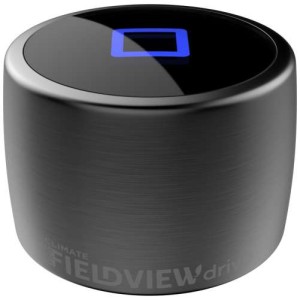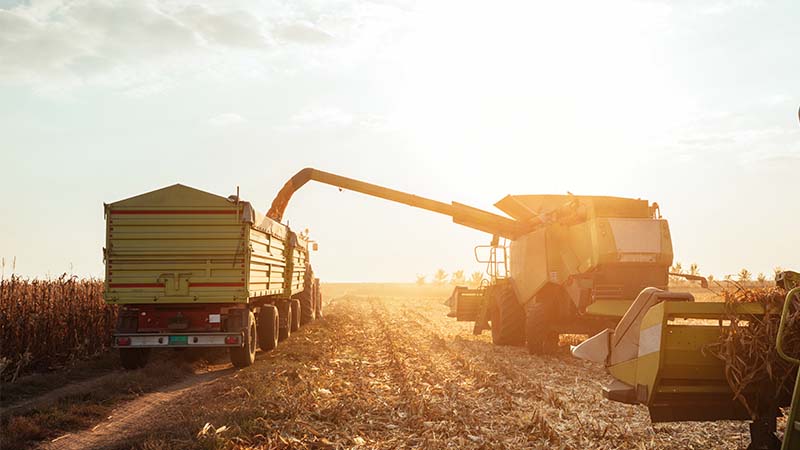Climate FieldView Suite Launched

Climate FieldView Plus on iPad
The Big Data Revolution in ag is getting a little more crowded, if you hadn’t noticed yet.
Monsanto-owned ag tech outfit Climate Corp. recently announced the official release of its FieldView Drive peripheral Bluetooth device and its ability to integrate (via iPad) with the St. Louis-based company’s newest precision farming data management software offering, FieldView Plus.
I connected with Doug Sauder, Senior Director of Product, to go over the new data management system. Sauder says that the aim of the system is to bring together all the different data layers needed for management decisions into one platform.
“The goal of the Climate FieldView platform is the ability for the farmer to bring together his own data as well as other data — whether that be weather information or modeled nitrogen availability, or satellite imagery — to be able to bring all that together in one platform, and in one set of tools that farmers and advisors can use, to make better decisions,” Sauder says.

Climate FieldView drive
The FieldView platform operates in a similar fashion to products like Farmobile and the 640Labs Drive that was acquired by Climate back in December of 2014. According to Sauder, the Drive is a simple piece of hardware that basically listens to the machine data — the yield data that’s flowing over the combine network — and it streams that data via Bluetooth to an iPad. The iPad is with the operator in the cab and is simultaneously running the Climate FieldView Plus software, creating a real time yield map where the grower can see his yield map in the context of other layers of data in his field.
“The user can begin to understand and visualize his field performance while he’s in the operator’s seat, and then take that iPad with him and have all of those map layers in one place as a convenient reference,” explains Sauder. “So when he’s sitting down with his seed salesman a few days later or perhaps in the middle of harvest — those seed deadlines come quickly — the grower is able to take that information that is visually represented on his iPad and use it to make seed purchase decisions, for example, for next year. It’s all about the convenience of not just the data capture, but the visualization and the using of information in a better way.”
According to Sauder, the system was Beta tested by about 300 Corn Belt growers on over 650,000 acres in 2015, first at spring planting, then again in the fall at harvest time.
“I think what we learned was that the value in the planter, to be able to visualize the planting operation in a new way — a lot of the planting monitors on the market are focused on showing the population that’s being planted or recording numbers — to be able to see your planting operation on a high definition planting map on an iPad is helpful in the cab.
“Then in the fall,” Sauder continues. “The ability to see your hybrid and yield maps right alongside each other in the cab, and to be able to compile automatically yield and hybrid results for those seed purchase and placement decisions, those were some of the most important use cases that the Beta growers provided to us.”
For 2016, the system is available for select John Deere and Case IH planters, as well as John Deere 60, 70, and S-Series combines. Sauder says that Climate is in the midst of testing other equipment makes and models, and he anticipates expansion of the system’s compatibility in the near future.
“One last point, if I may,” Sauder intones. “We’re often focused on talking about the value to the farmer. We make it easy for the farmer to give access to his advisor. To either be able to share his yield files with an email link, or even grant a sharing key. We have compatibility with many of the software platforms ag retailers use and we’re integrating with more.
“There’s a lot of options there to smooth that process of getting the data from the farmer to the retailer, and we feel that’s the last chain. If that exchange is easy, everyone wins, bringing value to both the farmer and his advisors.”






